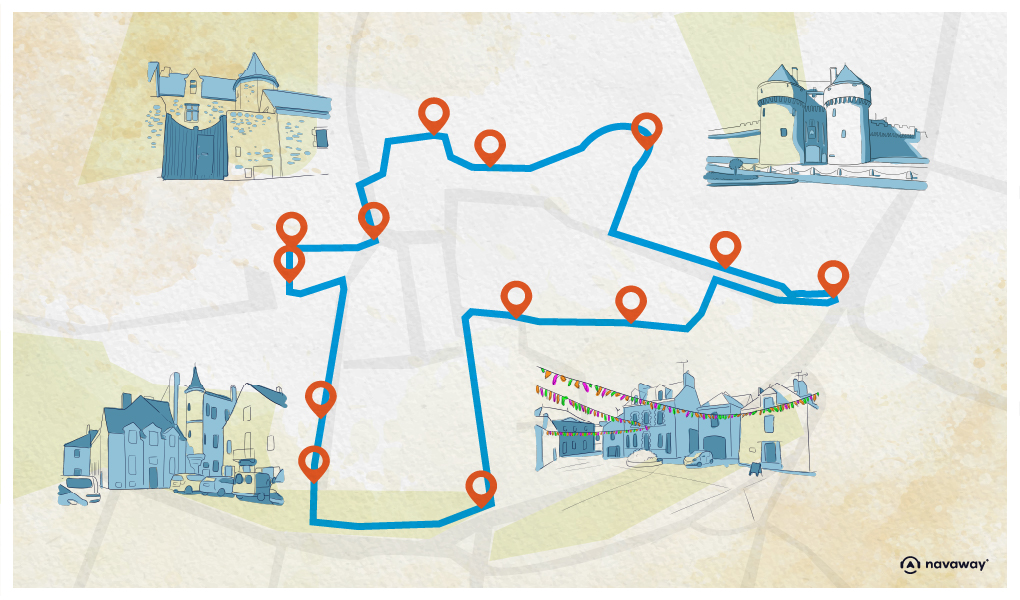
Guérande Salt Marches
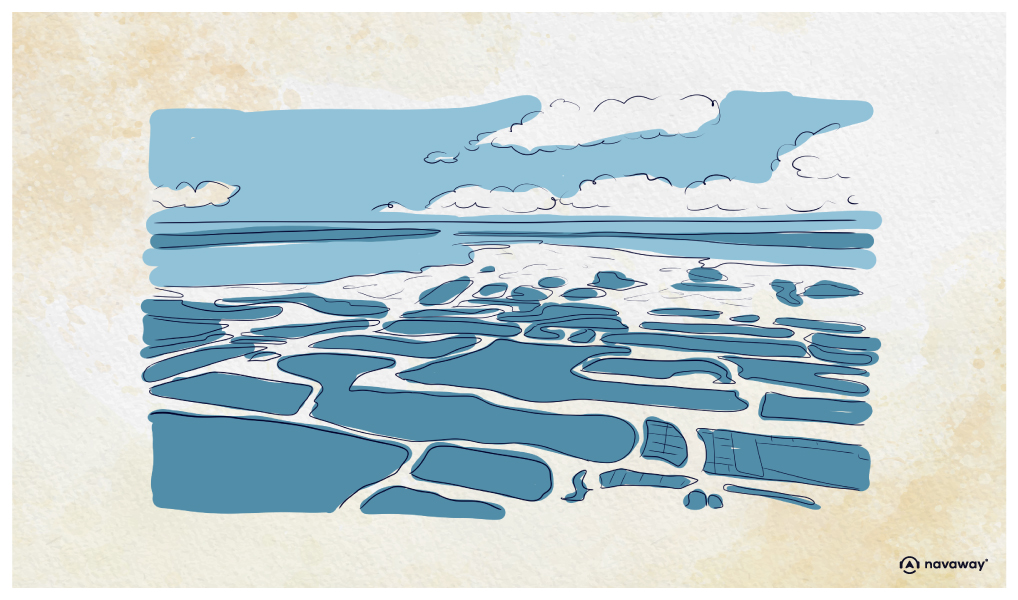
This point of interest is available as audio on the tour: Visit Guérande, The Key to Brittany
It’s impossible to visit Guérande without talking about what has made it so famous today, its salt marshes! Guérande salt is internationally renowned for its exceptional quality and is a showcase of French expertise.
Its production is entirely natural, and it’s the only sea salt in France to hold the prestigious Label Rouge, a true mark of excellence. Let’s take a step back in time to see how these marshes came to produce what is often called “white gold.”
Salt harvesting here dates back to the Iron Age, and the Romans had already turned it into a thriving trade. But it was in the 10th century that the area began to take on its current form, when monks from the Abbey of Landévennec created “salins”, special basins where seawater could naturally evaporate to leave behind pure salt. This innovation put Guérande on the map, developing an extensive network of salt pans that made it a leading name in the trade. Back then, and for centuries, salt was indispensable, not only because it’s essential to the human body, but also because it was the only way to preserve food.
Today we often hear about the risks of eating too much salt, but before the industrial age, the real concern was the opposite: salt deficiency was common and could be deadly. This rare and expensive commodity was vital for survival and storage, so much so that it sparked countless conflicts and was even used as a form of currency. In fact, that’s where the word “salary” comes from, the Latin salarium, a ration of salt, or money to buy it, given to Roman soldiers as pay.
In medieval France, salt even became the subject of the infamous gabelle, a tax that forced every person to buy a minimum amount each year, whether they needed it or not. All the salt belonged to the king, who used the revenue to fund the Hundred Years’ War. Needless to say, the tax caused tension and inequality, especially since prices varied by region and nobles and clergy were exempt. Smuggling thrived, with harsh punishments for those caught, yet the gabelle remained in force from the mid-14th century until it was finally abolished in 1790 after the French Revolution.
Throughout all this, Guérande’s salt stood out for its quality, earning fame across France and, later, thanks to its strategic coastal location, across much of Europe, particularly in the UK, during the 16th-century boom in maritime trade. Over time, however, production declined sharply, especially in the 19th century, due to competition from Mediterranean salt, like that from the Camargue, and mined salt from underground deposits, both of which could be industrially produced more quickly and cheaply.
Add to that new methods of food preservation, including the early refrigerator, and salt became less rare, less expensive, and less essential. It’s a perfect example of how the Industrial Revolution reshaped everyday life. And yet, the salt marshes of Guérande survived.
Even today, many paludiers, salt workers, still harvest salt the traditional way, working with the tides, wind, and sun, and caring for an environment that’s been here for thousands of years. Officially recognized as a “Remarkable Site of Taste,” the marshes are a true treasure of French gastronomy. All that’s left for you to do now is pick up a little of this “white gold” to take home.


Discover Guérande with app
An interactive guide through the most beautiful streets, squares, and districts
14 fun audioguides full of historical facts, anecdotes, and legends
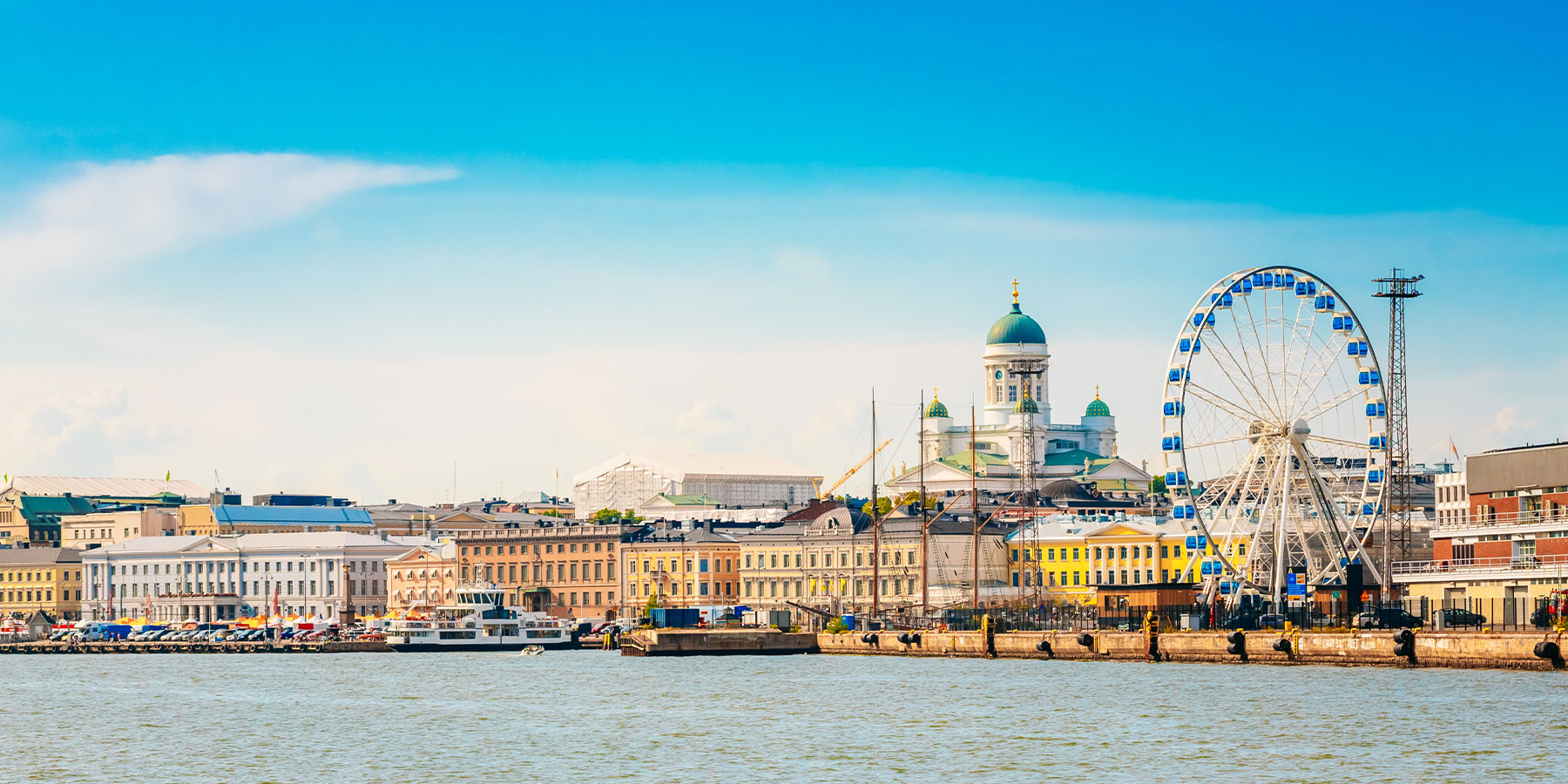
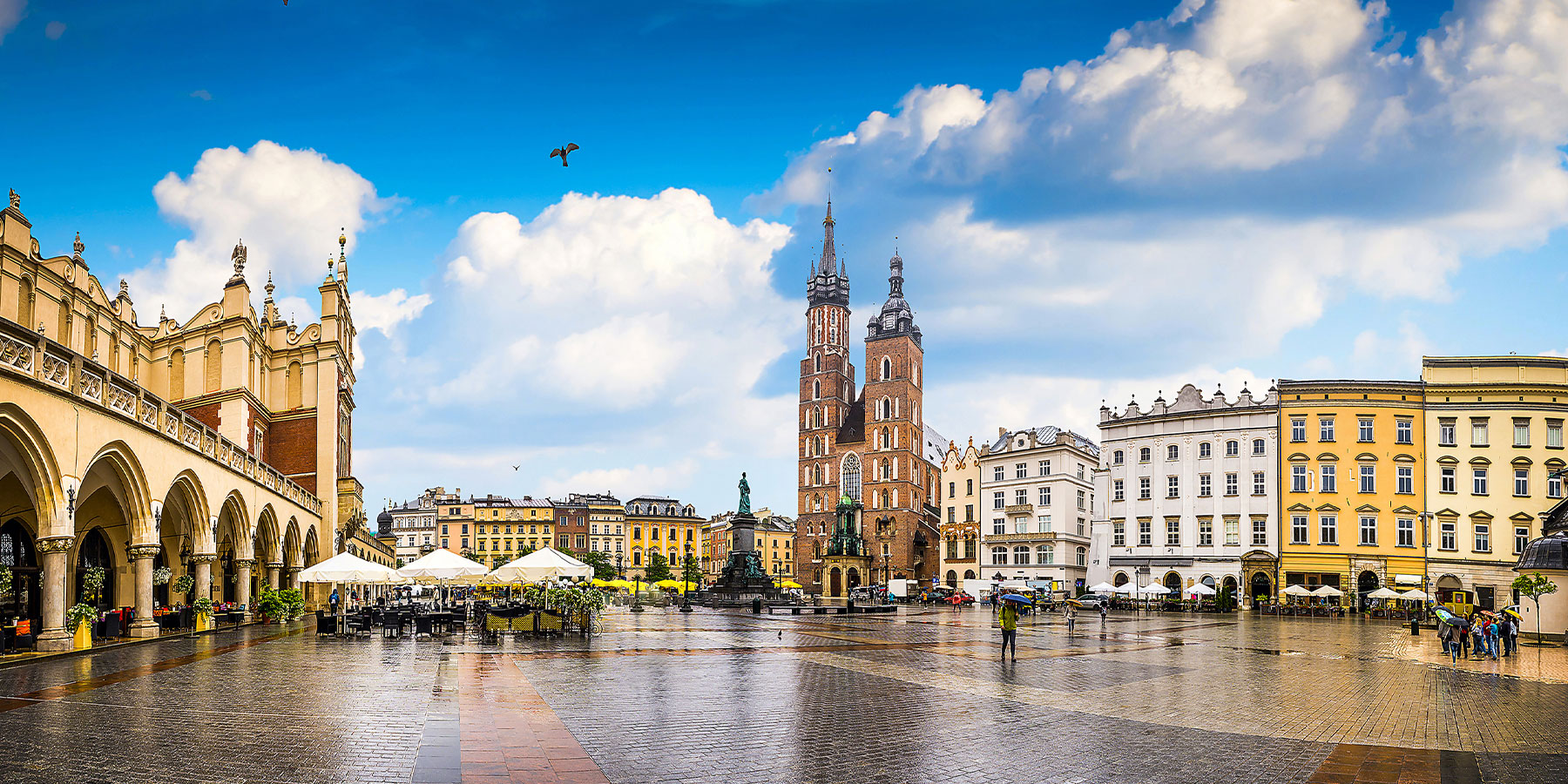
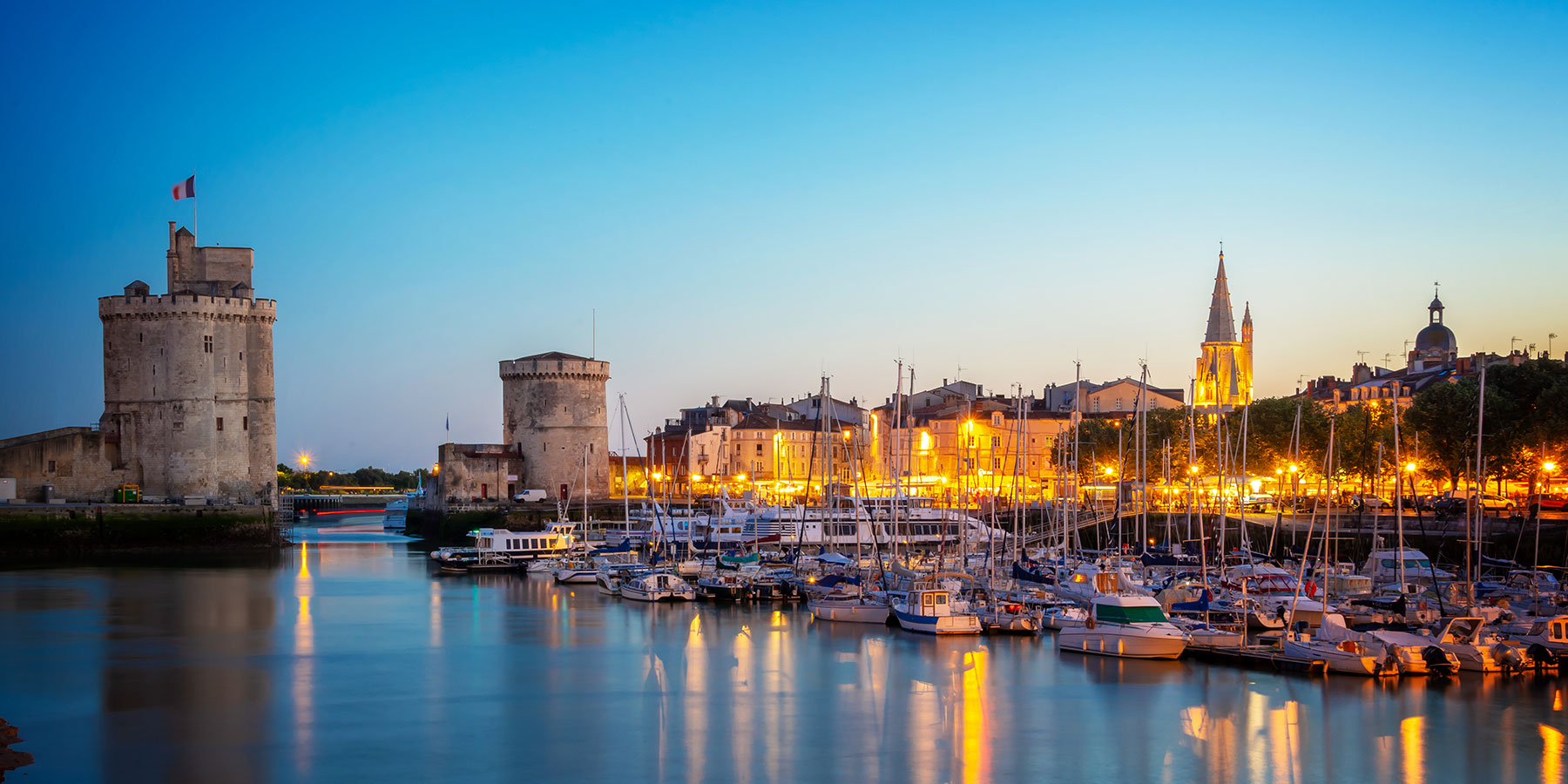
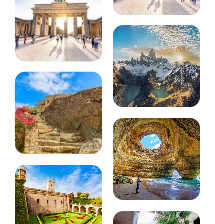

Comments